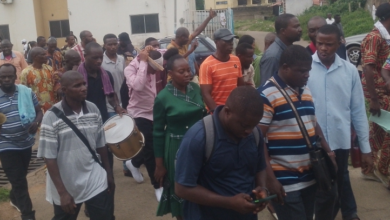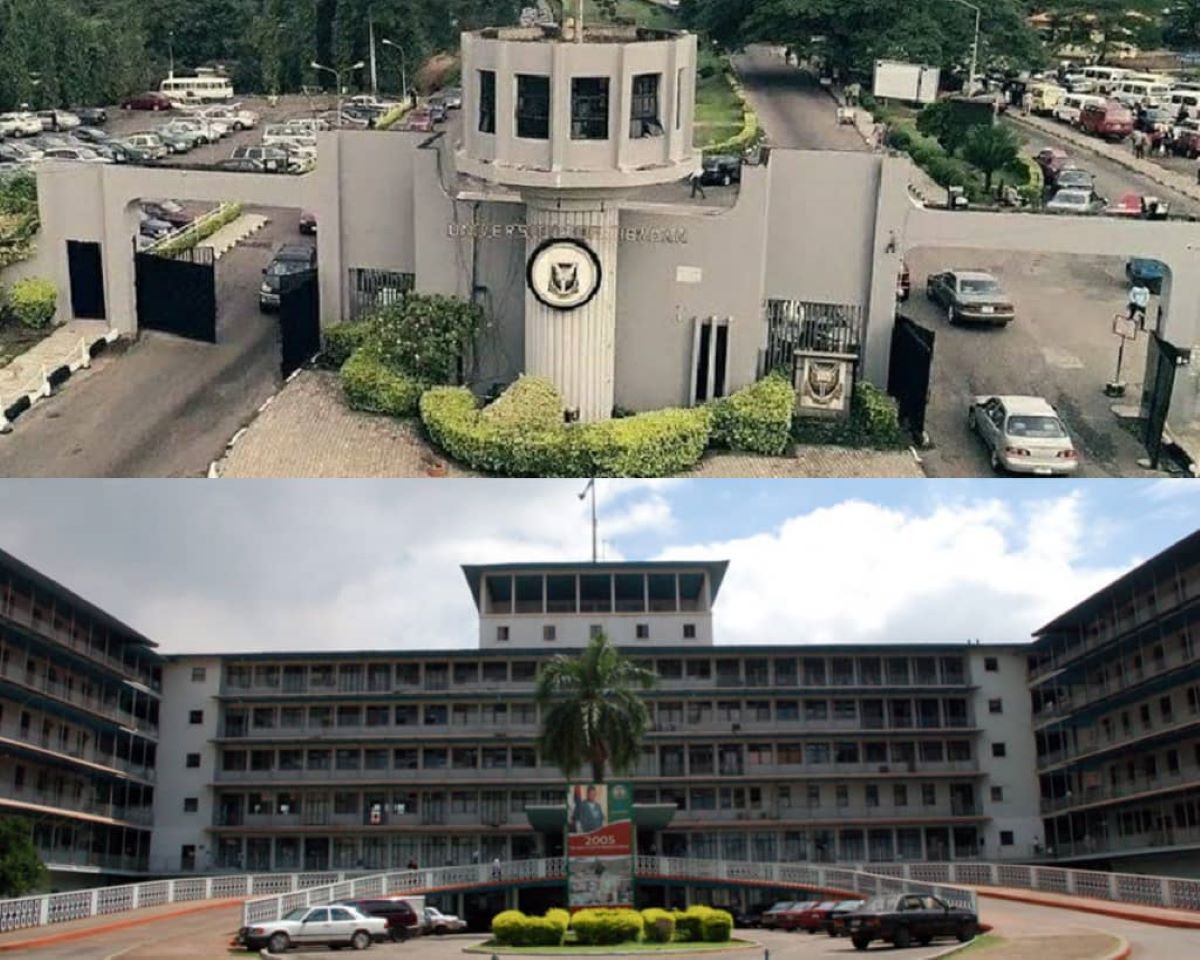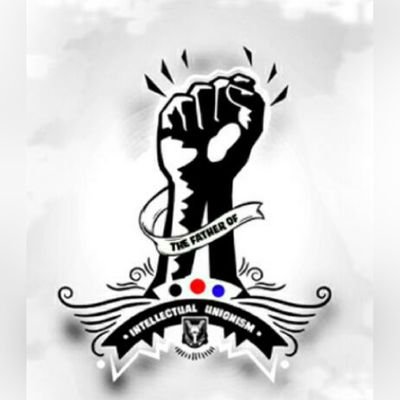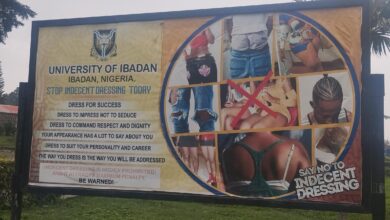Transportation Costs: A Crisis in Motion
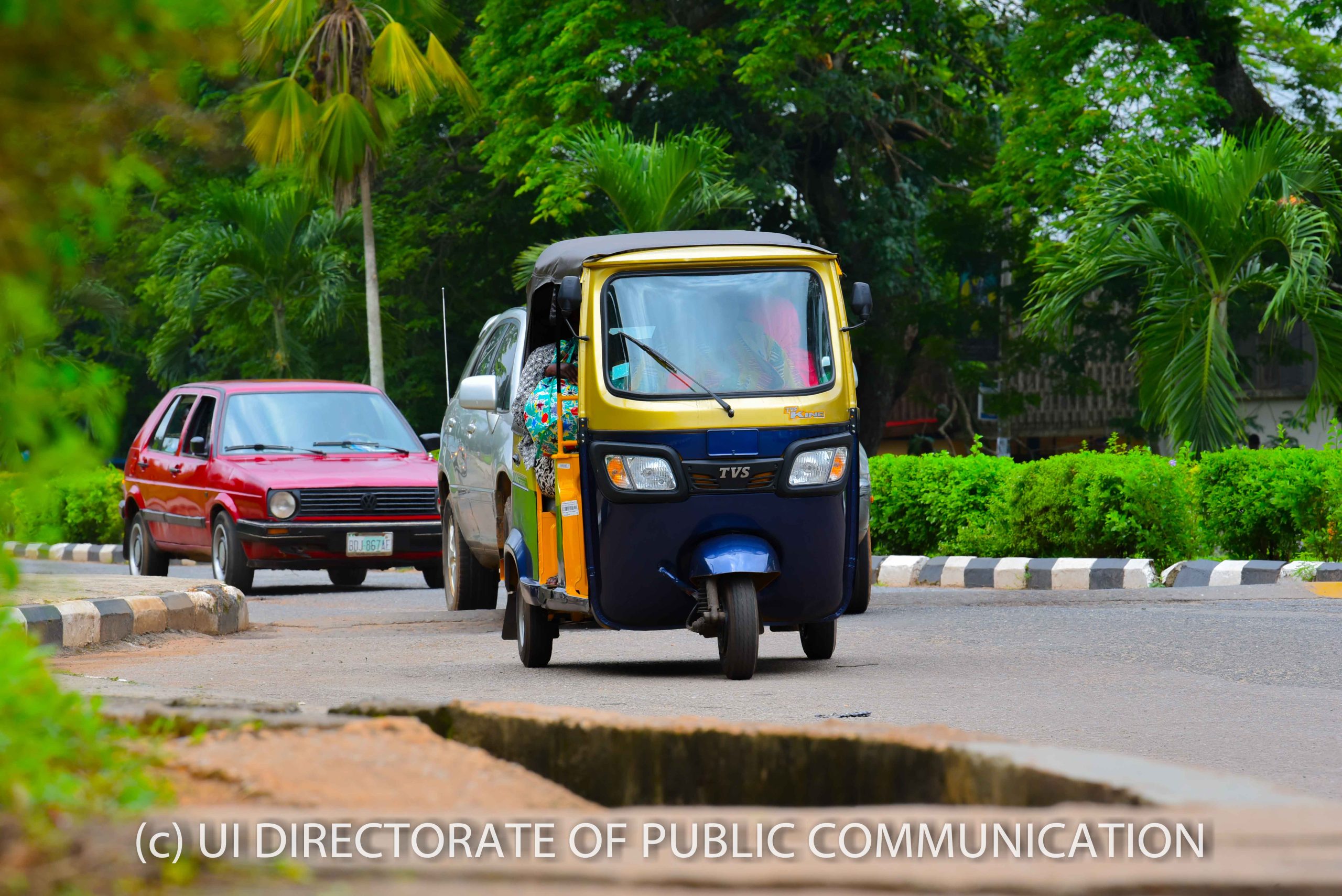
A little over a year ago, on the 29th of May, 2023, President Bola Ahmed Tinubu, announced in his inauguration speech that he would remove the subsidy on fuel. This policy has been a cornerstone of Nigeria’s economic framework since the 1970s. The announcement marked a significant shift in the country’s economic policy, addressing the unsustainable financial burden that the subsidy had placed on the government and was supposed to free up infrastructure, education, healthcare, and job creation funds. However, time has shown that that announcement was akin to opening up a can of cankerworms, with the citizens of Nigeria being the leaves they feed on.
Since this removal, there have been three significant hikes in fuel prices. First hike: Immediately after the subsidy removal, fuel prices surged from around N195 per litre to N510 per litre. Second Hike: In July 2023, prices increased to N617 per litre. Third Hike: In early August 2024, prices rose to N700 per litre. These hikes have had significant effects on people. For students, this increase has worsened their state of living, as was extensively discussed in an article by the UIMSA press on the impact of subsidy removal on UI students. To quote the article,“ Nigerians still struggle to adjust to this new policy. While we sit and discuss the benefits or disadvantages of this policy, we hope that the funds saved from this policy are diverted into means that will benefit the average Nigerian.” It’s been exactly a year and twelve days since that article was published, and here we are, still debating its effects on the average Nigerian.
This hike in fuel prices is relevant as you cannot talk about a rise in the cost of transportation without talking about one of the major excuses transport workers give when students complain about the high price of transportation. The removal of the fuel subsidy has significantly raised the cost of living for students at the University of Ibadan. Before we get to its effects on transportation, the increase in fuel prices has raised the cost of goods and services, further straining students’ budgets. The cost of food, study materials, and housing has risen, putting additional financial strain on students. This has resulted in a decrease in their quality of life, as many students are unable to purchase basic necessities.
Transportation costs have also nearly doubled, forcing students to devote a significant share of their limited resources to commuting. Your average finalist or 400l student who previously paid 50 Naira per cab seat and 150 Naira per “drop” for intra-campus transportation now faces higher fares, forcing some of them to make difficult decisions such as skipping meals, reducing travel frequency, or even just trekking to their destination instead. This financial strain has increased stress levels in students, affecting their mental health and academic performance. Balancing academic responsibilities with financial constraints has become a daily struggle, resulting in higher absenteeism and poorer academic performance. It’s little wonder that Nigerians took to the streets to fight against ‘Bad Governance.’ Ironically enough, transport workers took advantage of the crisis during the protests to inflate costs, calling exorbitant prices, making an already bad situation worse.
Transportation In UI
Transportation issues in UI are multifaceted and complex, with a very long history. These issues pose a significant concern, affecting students’ daily routines and their ability to participate fully in academic and extracurricular activities. Primarily, these include fare inconsistencies, limited transportation availability, and economic pressures caused by fluctuating fuel prices.
One of the most noticeable issues is inconsistency in transportation fares. Despite the university’s efforts to standardise pricing, drivers frequently overcharge students. For example, the fixed fare for tricycles to the closest areas on campus is intended to be 100 Naira per passenger for three passengers, but drivers often demand higher rates. They justify these increases by citing various factors, including the distance travelled, the time of day and whether the student knows better. This inconsistency puts a significant financial strain on students, many of whom already have tight budgets. In a lot of cases, poor knowledge of regulations prevents students from speaking up or contesting the extortions.
The Students Union tried stabilising transport prices, especially during the resumption period. They did this by setting up a task force to regulate the prices and ensure no driver mischievously extorted students. Months after. There has also been a re-evaluation of fares afterwards with publicity to ensure students are aware of new fares and also of numbers to reach out to in the event of any illegal hikes.
Another issue, albeit not so common, is the scarcity of transportation, especially during peak hours or when travelling from less popular destinations like the Obafemi Awolowo Hall, Faculty of Vet. Medicine, and staff residential areas. During these times, students face long wait times for cabs or tricycles, which can disrupt their schedules and cause them to be late for classes or important meetings. A common consequence is that students are forced to walk long distances, especially when they need to meet early morning classes or run late, which is time-consuming and physically demanding, particularly in inclement weather. The lack of dependable transportation options presents a logistical challenge that impairs students’ ability to navigate campus efficiently. It can cause increased stress and fatigue, detracting from the overall university experience.
Economic factors, particularly the rising fuel cost, also exacerbate the transportation situation. The fluctuating cost of transportation, which is influenced by external economic factors, adds an element of uncertainty and stress to the daily commute. Students already struggling financially due to tuition and living expenses find it challenging to keep up with rising transportation costs. This financial strain discourages students from attending class regularly and participating in campus activities; it is most apparent to students whose faculties are far from residence halls. In most cases, this would affect their academic performance and social engagement.
Transportation In UCH
For the most part, the University College Hospital, UCH, is a hospital area. However, it’s technically the second campus of the University; home to medical students, student nurses, hospital workers, house officers, doctors and many other hospital personnel. And it faces its fair share of issues regarding transportation.
First, unlike the main campus of UI, there are only two fully designated bus stops. From this statement, it is clear to see where problems may lie already. One of these two bus stops lies at the East Gate of the hospital and presents a few secondary issues. First, due to the reduced foot traffic in that hospital area, one might have to wait a while before a tricycle that fits 3 (occasionally 4) begins to move. Secondly, because there are only two ‘proper’ bus stops – others exist along the routes – the routes of these tricycles are limited to the destination of their passengers and the bus stop. And so, anyone moving around in the hospital would either have to trek to their destination or stand by the road for an extended period in hopes that they might see a tricycle passing, by chance.
Transportation Within Ibadan
Unlike the campus situation, there is no standardised fare system outside the university’s walls. This leaves students, who frequently operate on tight budgets, especially vulnerable to overcharging, which increases their financial burdens. This increase can once again be tied down to the impact of the rising fuel prices on transportation costs, which cannot be overemphasised. This dramatic increase has directly impacted transportation fares, resulting in increases across multiple routes in Ibadan. A trip from Sango to the University of Ibadan used to cost ₦100, but now costs ₦200. Similarly, a tricycle ride from Mokola to Gate now costs ₦200, up from ₦150. A tricycle ride from UCH to UI that used to be as low as 150, recently rising to ₦200, now costs ₦300, with a bike ride between the two campuses going as high as ₦1000 depending on the time of day.
These fare increases are a direct result of increased operational costs faced by transportation operators, who have no choice but to pass these costs on to passengers. Fuel scarcity has also reduced the availability of commercial buses and other modes of transportation, leaving many commuters stranded. Because of the scarcity of transportation or the high cost of it, some residents have been forced to walk short distances. Students who need to attend classes or access medical services at UCH face a challenging situation, as they have few and expensive commuting options.
Moving Forward
In conclusion, a crisis involving the transportation of students both within and outside the University is brewing. To address these issues, a few alterations could be made. A subsidised transportation program could help alleviate the financial burden on students, providing them with more affordable commuting options. Also, establishing a regulated fare system with transport operators and local authorities, especially within the student-populated Agbowo community could help eliminate fare inconsistencies and prevent overcharging. Increasing the number of bus stops within UCH and relatively uncommon areas of the UI campus should also be considered. Lastly, advocating for policies that stabilise fuel prices or provide subsidies for public transportation, such as improving the Omituntun bus transport system here in Ibadan, could offer long-term relief. By taking these steps, the university and relevant stakeholders can help mitigate the adverse effects of rising transportation costs on students, ensuring they can focus on their education without undue financial stress.

